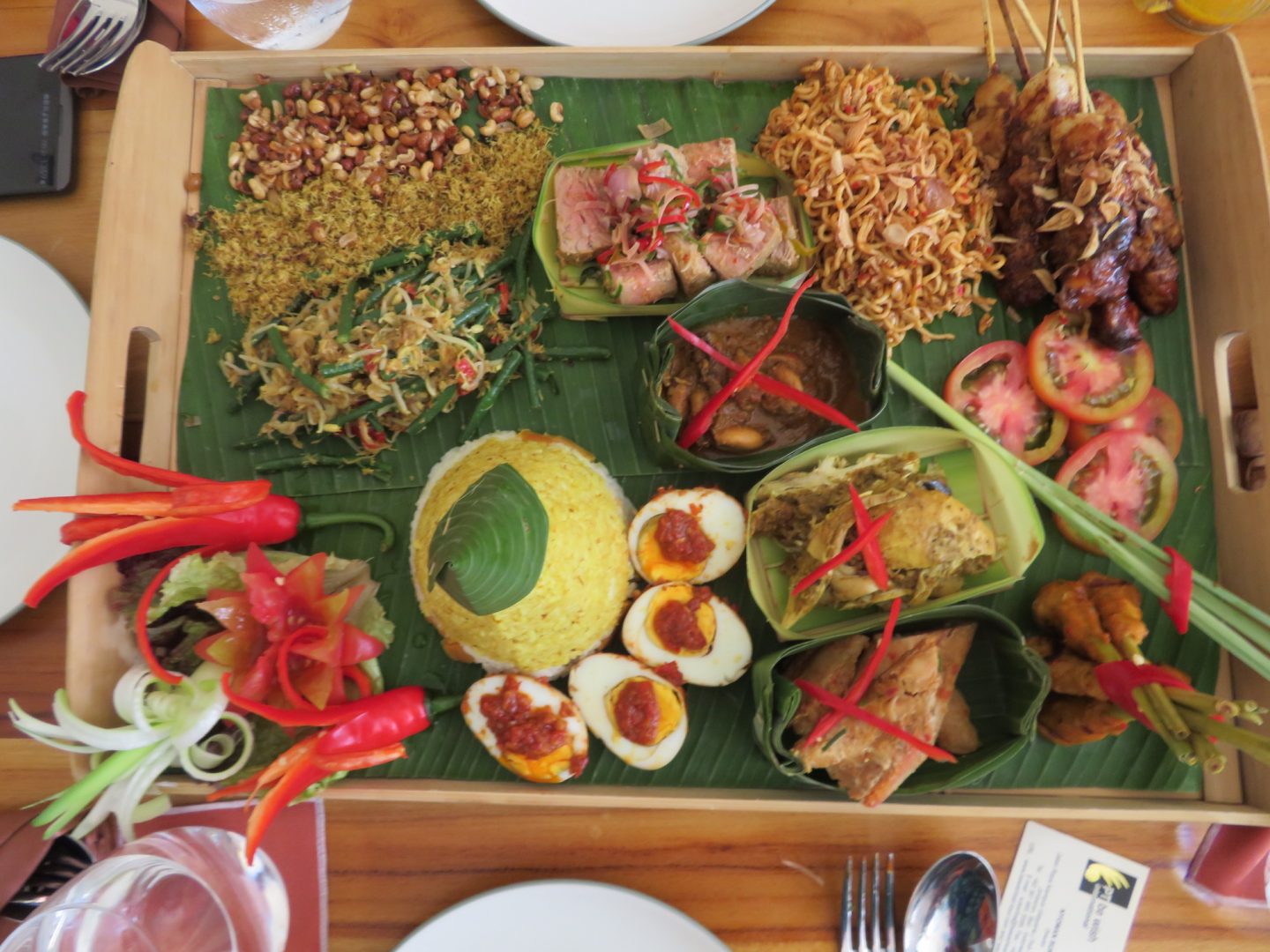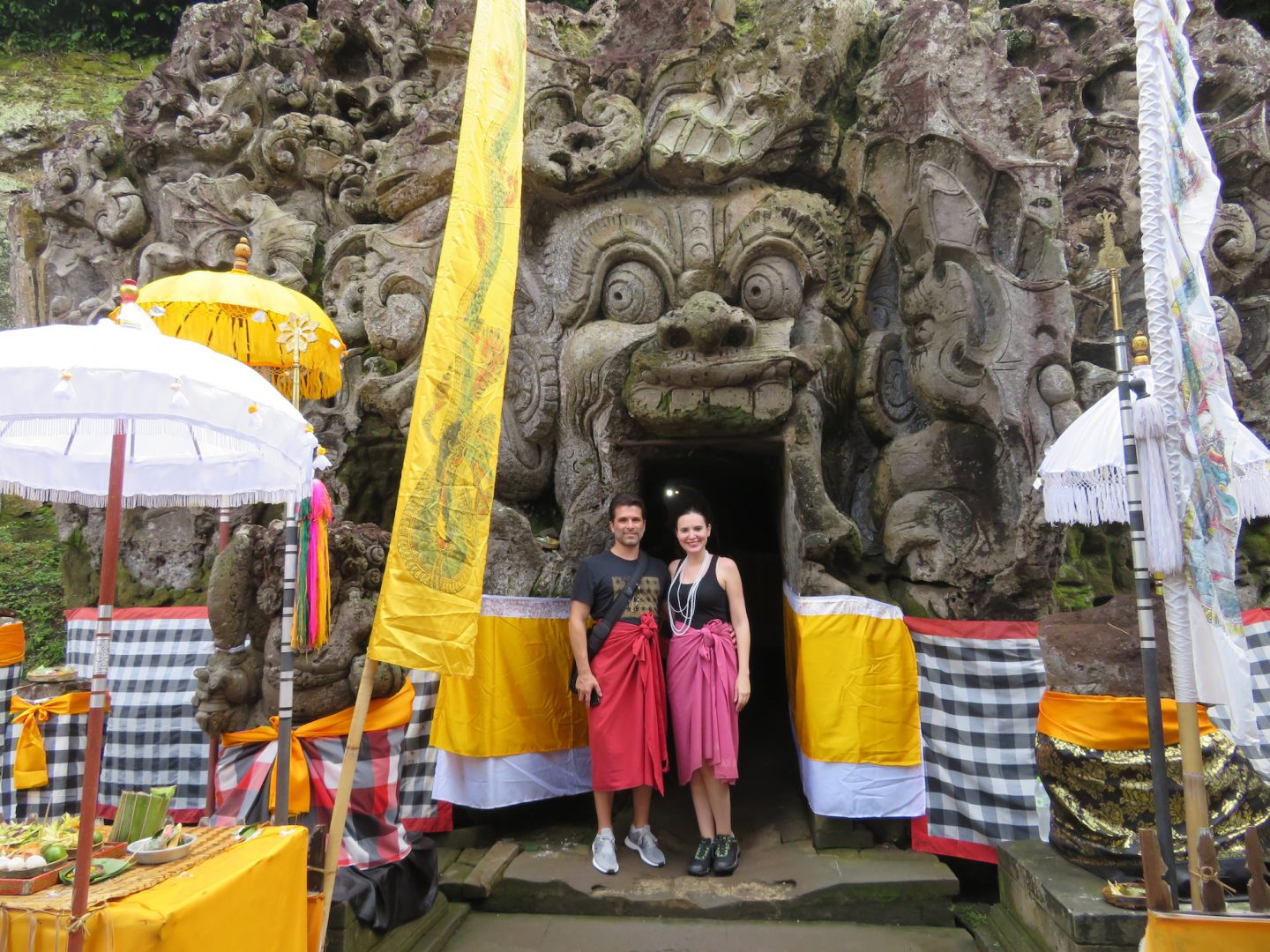Although Indonesia is one of the most populous countries in the world, I had no knowledge of their food before my trip. I live in Panama City that is very globalized but there is no restaurant that serves Indonesian food. I went with an open mind, ready to try the typical dishes of the country.
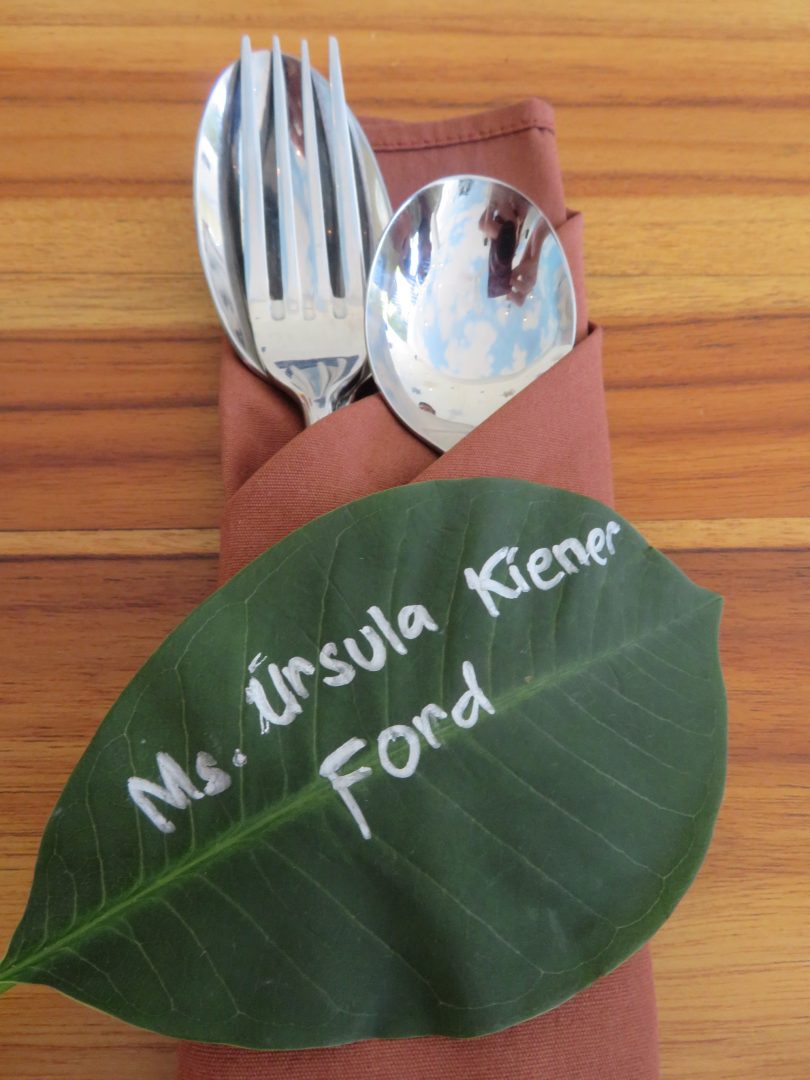
Food of Indonesia varies according to the areas you visit
Indonesia is the largest archipelago in the world with 17,508 islands. It takes about 9 hours to travel by plane from one extreme to another. More than 300 ethnic groups live in this country. Among all these groups and areas, 5,350 traditional recipes have been created.
Indonesian cuisine uses ingredients and techniques influenced by India, the Middle East, China and finally Europe. The country was conquered by the Dutch and also received Spanish and Portuguese merchants in colonial times. Similarly, Indonesia influenced the rest of the world with its species. The islands of Muluccas are known for being the “Spice Islands” and from there cloves and nutmeg were taken to the rest of the world.
What ingredients are use in Indonesian food?
Indonesian food is delicious because they use many fresh species and herbs. The food is very colorful and full of flavors. Dishes have rich flavors; Many dishes are salty, spicy and hot. They love the “rempah” which means species in Indonesian. At any table in Indonesia you will find “sambal” a mixture of hot sauce made with chili and shrimp paste.
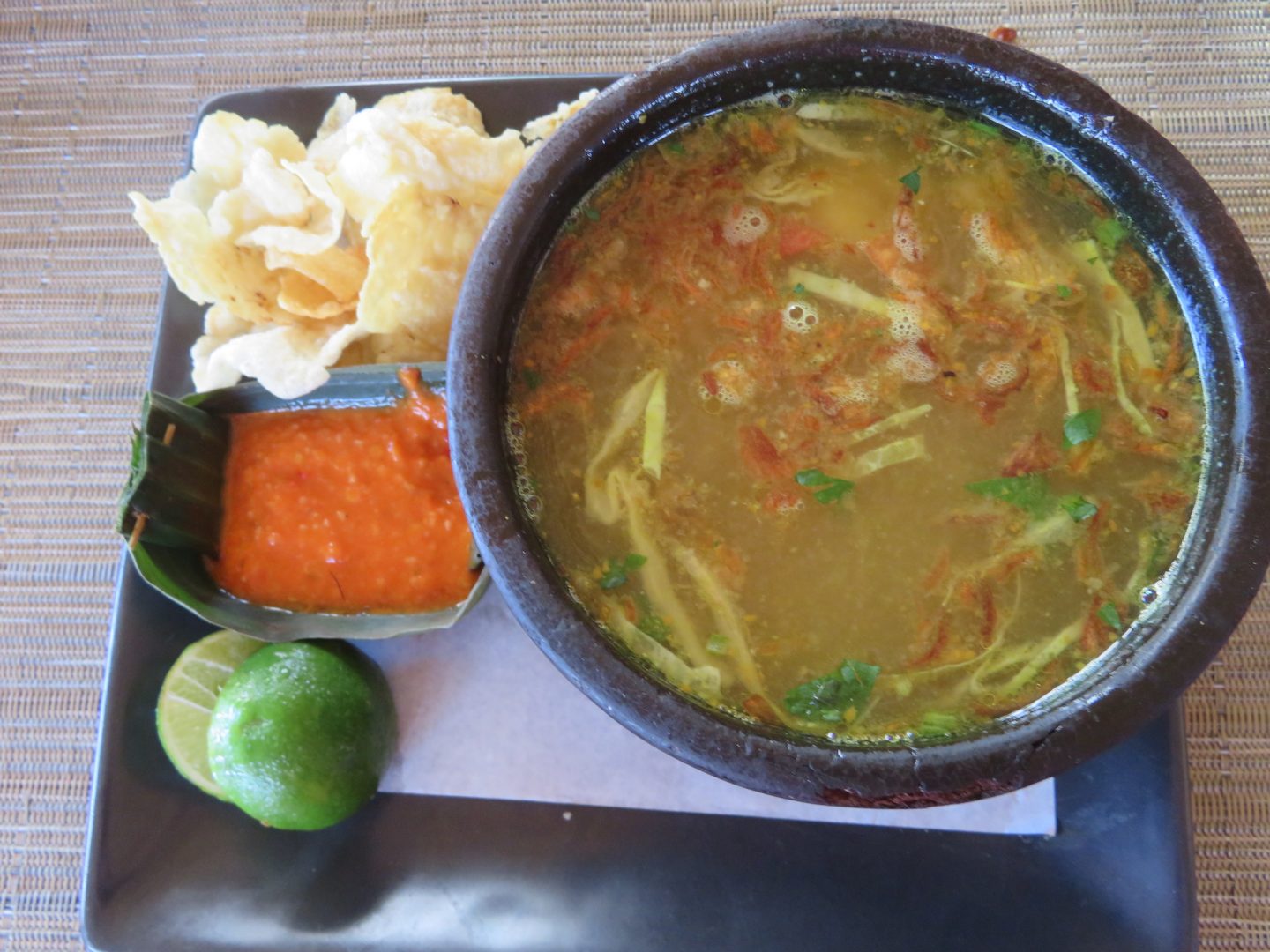
When you order a dish in any restaurant it is important to notify if you want little or no spice. Some dishes are so spicy that they will make you tear up.
Dishes are fried, grilled, roasted, sauteed or boiled. Soy sauce, which was introduced from China, is widely used. Many dishes such as satay, gado-gado or karedok use a peanut sauce that was introduced from Mexico by Portuguese and Spanish merchants in the 16th century. There are coconuts everywhere in Indonesia, you can buy to drink in all corners. Coconut milk is also used in many typical dishes, including rendang, soto and gudeg.
Vegetables, seafood and meat in Indonesia
Vegetables are abundant in Indonesia. They cook a lot with garlic. In addition, spinach, shallots, eggplant, tomatoes, cucumbers, acid melon, carrots, among others are used. Leaves such as spinach, papaya or cassava leaves, besides from flowers such as papaya and kecombrang are used in many typical dishes. Coconut and lemongrass are also common ingredients.
Chicken and duck are cooked on the grill or fried, apart in soups. Beef and goat is also consumed. It is cooked in stews. Indonesia is mainly a Muslim country, therefore pork is not consumed in many places, since it is not halal.
As Indonesia is a group of islands, it will not surprise anyone that they have many typical dishes with fish and seafood. Seafood is usually grilled, boiled or fried.
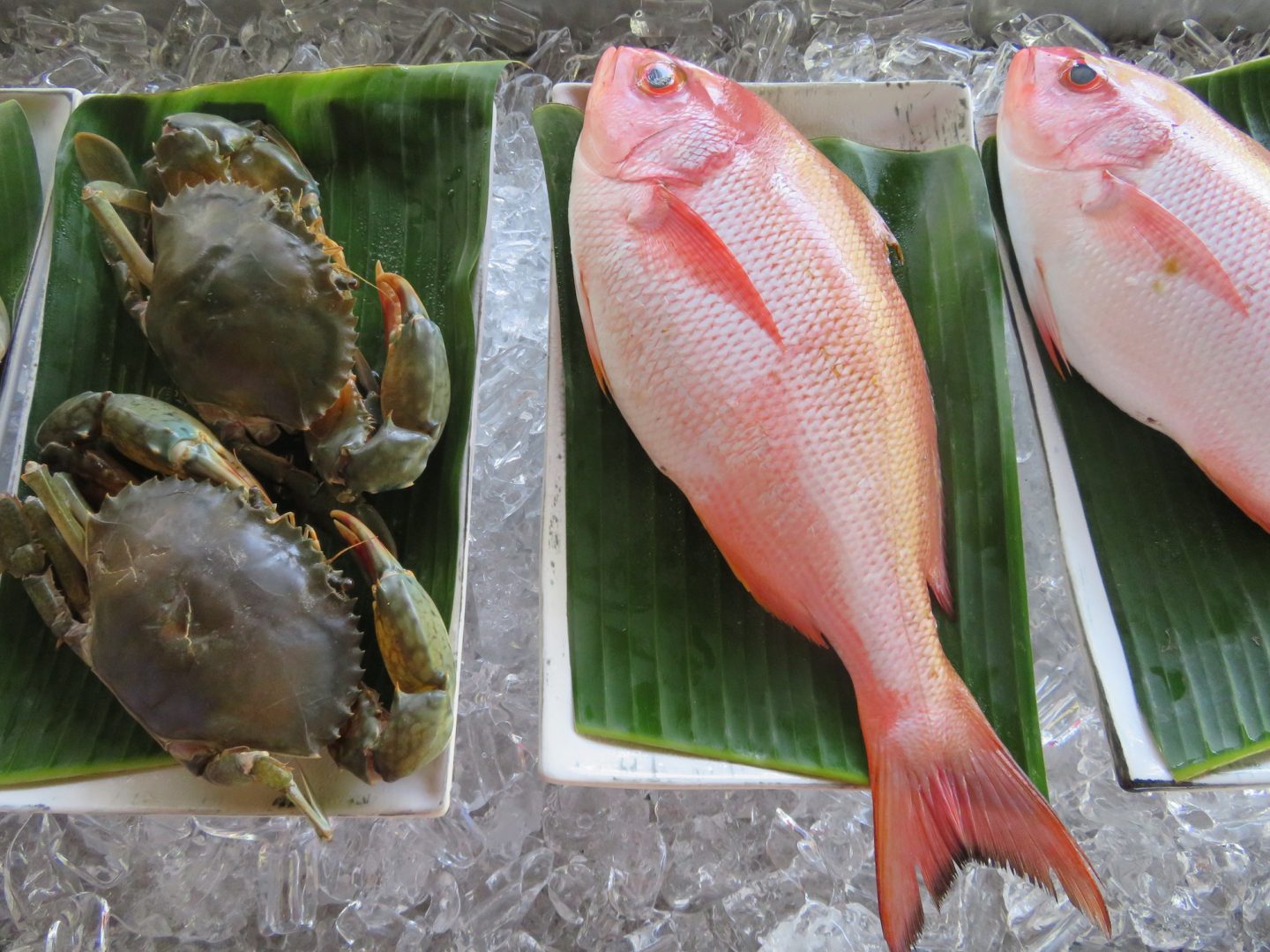
In the hotel Kayumanis Ubud Private Villas & Spa in Ubud they gave us a cooking class where we learned how to make some typical dishes and we could appreciate the colorful ingredients. It is an interesting experience for tourists who like to cook.

What dishes should I try when I visit Indonesia?
Rendang
Rendang can also be found in Malaysia, Singapore and the Philippines. Meat is the main ingredient and is cooked in coconut milk. A mixture called Minangkabau is made, which includes ginger, galangal, turmeric leaves, lemongrass, garlic, shallots, chili and other spices. Many have antimicrobial properties that serve as natural organic preservatives. If cooked properly, dry rendang can last up to four weeks.
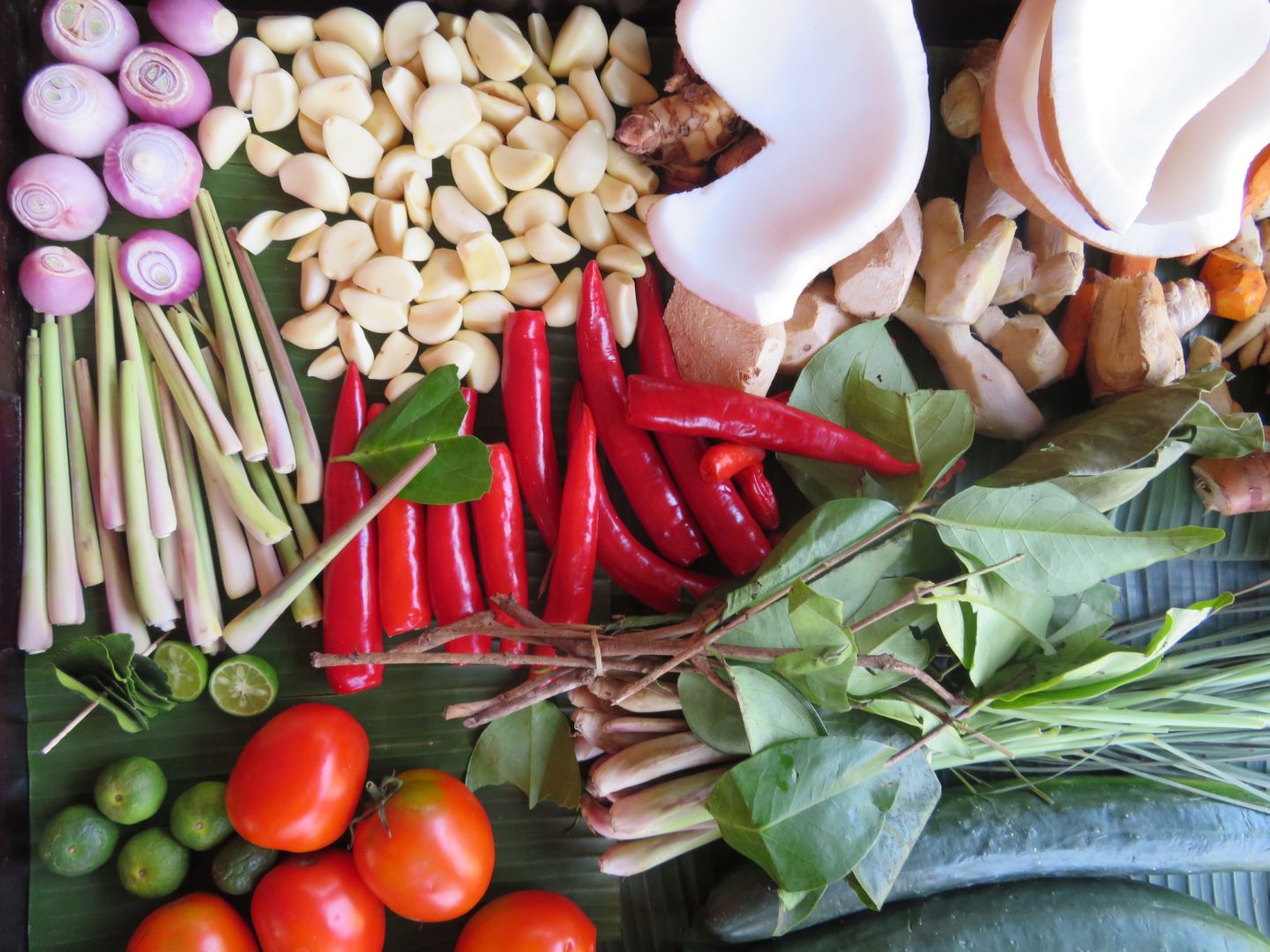
Nasi Goreng
Nasi Goreng is fried rice in Indonesia or Malaysia. It is typically seasoned with kecap manis (sweet soy sauce), shallot, garlic, ground shrimp paste, tamarind and chili and accompanied by other ingredients, particularly eggs, chicken and prawns. You will find it everywhere and it is very economical. Mie goreng is the version with noodles.
Satay
Satay is a meat dish served on wooden sticks usually made of bamboo. It is usually made with chicken meat, but it can also be goat, meat or fish. It is put on a grill or on a BBQ and served with soy sauce and peanuts. It can be one of the best known typical Indonesian dishes worldwide.
Tumpeng
Tumpeng is colored cone-shaped turmeric rice with accompaniments such as ayam goreng (fried chicken), ayam bakar (roast chicken), semur (beef stew in sweet soy sauce), fried shrimp, telur pindang (boiled egg), perkedel jagung (corn fritters) and others. This food dish was designated as the official national dish of Indonesia by the Ministry of Tourism.
People in Java, Bali and Madura usually serve to celebrate an important event. For the Hotel Amnaya Resort Kuta in Bali, our Fam Trip to Indonesia was an important event and they served us tumpeng.
Bakso Urat
Bakso Urat is President Barack Obama’s favorite dish when lived in Indonesia during his youth. This soup can be found everywhere, even in street carts called kaki lima. The main ingredient is meat balls that have tapioca flour and salt. They are boiled in hot water. The soup has beef broth, noodles, crispy fried shallot, celery and other ingredients that can vary.
Bubur ayam
Bubur ayam is a rice-based soup. You serve the rice first, then the chicken and finally, select if you want chopped chives, crispy fried shallots, celery, tongcay (canned salted vegetables), fried soybeans and Chinese fritters. You put sweet and savory soy as a dressing. Some places put chicken soup. If you like spicy you can put a little sambal. This soup is eaten for breakfast and was my favorite dish of food in Indonesia. I tried this soup first in the delicious buffet of Hotel Indonesia Kempinski Jakarta.



